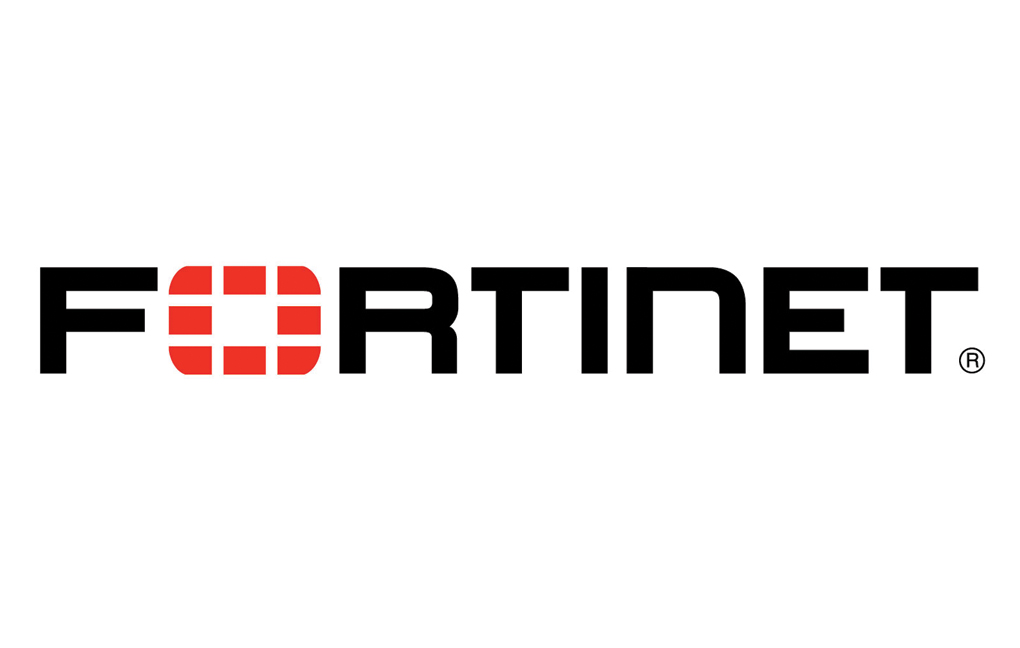
Fortinet, the global leader in high-performance cybersecurity solutions, recently unveiled predictions from the Fortinet FortiGuard Labs global research team about the threat landscape for 2018. The trends reveal the methods and strategies that cybercriminals will employ in the near future and demonstrate the potential impact of cyberattacks to the global economy.
Digital Transformation Being Used for Good and Bad
Over the next couple of years, we will see the attack surface continue to expand while broad visibility and control over today’s infrastructures diminish. The proliferation of online devices accessing personal and financial information, and the growing connection of everything – from armies of IoT devices and critical infrastructure in cars, homes, and offices, to the rise of smart cities – have created new opportunities for cybercriminals and other threat actors. The cybercriminal marketplace is adept at adopting the latest advances in areas such as artificial intelligence to create more effective attacks. We anticipate this trend to accelerate into 2018, enabling the destructive trends mentioned below.
The Rise of Self-learning Hivenets and Swarmbots: Building on sophisticated attacks like Hajime and Devil’s Ivy or Reaper, we predict that cybercriminals will replace botnets with intelligent clusters of compromised devices called hivenets to create more effective attack vectors. Hivenets will leverage self-learning to effectively target vulnerable systems at an unprecedented scale. They will be capable of talking to each other and taking action based out of local intelligence that is shared. In addition, zombies will become smart, acting on commands without the botnet herder instructing them to do so. As a result, hivenets will be able to grow exponentially as swarms, widening their ability to simultaneously attack multiple victims and significantly impede mitigation and response.
Ransom of Commercial Services is Big Business: Although the threat magnitude of ransomware has already grown 35X over the last year with ransomworms and other types of attacks, there is more to come. The next big target for ransomware is likely to be cloud service providers and other commercial services with a goal of creating revenue streams. The complex, hyperconnected networks cloud providers have developed can produce a single point of failure for hundreds of businesses, government entities, critical infrastructures, and healthcare organizations. We predict that cybercriminals will begin to combine AI technologies with multi-vector attack methods to scan for, detect, and exploit weaknesses in a cloud provider’s environment. The impact of such attacks could create a massive payday for a criminal organization and disrupt service for potentially hundreds or thousands of businesses and tens of thousands or even millions of their customers.
Next-gen Morphic Malware: If not next year, soon we will begin to see malware completely created by machines based on automated vulnerability detection and complex data analysis. Polymorphic malware is not new, but it is about to take on a new face by leveraging AI to create sophisticated new code that can learn to evade detection through machine written routines. With the natural evolution of tools that already exist, adversaries will be able to develop the best possible exploit based on the characteristics of each unique weakness.
Critical Infrastructure to the Forefront: Recently, critical infrastructure providers continue to be at the top of the list in terms of the highest concern due to both strategic and economic threats. These organizations run high-value networks that protect vital services and information. However, most critical infrastructure and operational technology networks are notoriously fragile as they were originally designed to be air-gapped and isolated. The expectation to respond at digital speeds to employee and consumer demands has begun to change the requirements of these networks, driving the need for advanced security on networks that were originally designed to operate in isolation. Given the importance of these networks, and the potential for devastating results if they are compromised or knocked offline, critical infrastructure providers are now finding themselves in an arms race with nation-state, criminal, and terrorist organizations. The boldness of adversaries and the convergence of operational and information technology, makes critical infrastructure security a priority in 2018 and beyond.
The Dark Web and Cybercrime Economy Offer New Services Using Automation: As the world of cybercrime evolves, so does the dark web. We expect to see new service offerings from the dark web as Crime-as-a-Service organizations use new automation technology for their offerings. We are already seeing advanced services being offered on dark web marketplaces that leverage machine learning. For example, a service known as FUD (Fully Undetectable) is already part of several offerings. This service allows criminal developers to upload attack code and malware to an analysis service for a fee. Afterwards, they receive a report as to whether security tools from different vendors are able to detect it. To shorten this cycle, we will see more machine learning used to modify code on the fly based on how and what has been detected in the lab in order to make these cybercrime and penetration tools more undetectable. Sandbox tools bolstered with machine learning, allow us to quickly identify previously unseen threats and dynamically create protections.
Staying Ahead of the Threats: Trends and Take-Aways
There is an opportunity for enterprising cybercriminals enabled by advances in automation and artificial intelligence to use the right tools to severely compromise our digital economy. Security solutions need to be built around integrated security technologies, actionable threat intelligence, and dynamically configurable security fabrics. Security should operate at digital speeds by automating responses as well as applying intelligence and self-learning so that networks can make effective and autonomous decisions. This will not only expand visibility and centralize control, but also enable strategic segmentation in order to drive security deep into the network infrastructure to quickly identify, isolate, and remediate compromised devices and thwart attacks, even across different network ecosystems, from endpoint devices and local network resources to the cloud. In addition, basic security hygiene needs to become part of fundamental security protocols. It is something often overlooked, but crucial to limit the bad consequences we want to avoid.


